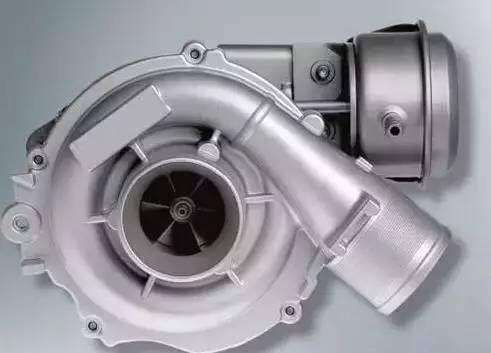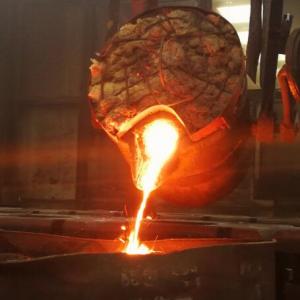Main function of turbocharger
The main function of turbocharging is to increase the air intake of the engine, thereby increasing the power and torque of the engine, making the car more vigorous. After an engine is equipped with a turbocharger, its maximum power can be increased by 40% or even higher than that without a turbocharger. This also means that the same engine can output more power after being supercharged. Take our most common 1.8T turbocharged engine. After supercharging, the power can reach the level of a 2.4L engine, but the fuel consumption is not much higher than that of the 1.8L engine. On another level, the turbo increases. The compressor is actually an air compressor, which increases the intake air volume by compressing air. It uses the inertial impulse of exhaust gas discharged from the engine to push the turbine in the turbine chamber, and the turbine drives the coaxial impeller. The impeller presses the air sent from the air filter pipe to pressurize it into the cylinder. When the engine speed increases, the exhaust gas discharge speed and the turbine speed also increase simultaneously, and the impeller compresses more air into the cylinder. The increase in air pressure and density can burn more fuel, increase the amount of fuel and adjust the engine speed accordingly. The output power of the engine can be increased.

Who is the inventor of the turbocharger (Turbo Booster)? It is generally accepted that the Swiss engineer Bisch, who applied for this patent in 1905. At that time, it was mainly used in aircraft engines and tank engines. It was not until 1961 that General Motors of the United States tentatively installed turbochargers on certain models it produced. The 1970s became a turning point for turbochargers, and the Porsche 911 equipped with a supercharged engine came out. However, the Swedish company SAAB Saab, which rejuvenated the turbocharging technology, was none other than the SAAB 99 model it launched in 1977 to spread turbocharging technology more widely, but at that time turbochargers were limited to gasoline installed in cars. Above the engine. It was not until the mid-1980s that European and American truck manufacturers applied turbocharging technology to their diesel engines, and it was only in these 10 years that domestically-produced vehicles began to become popular with turbocharger models.






